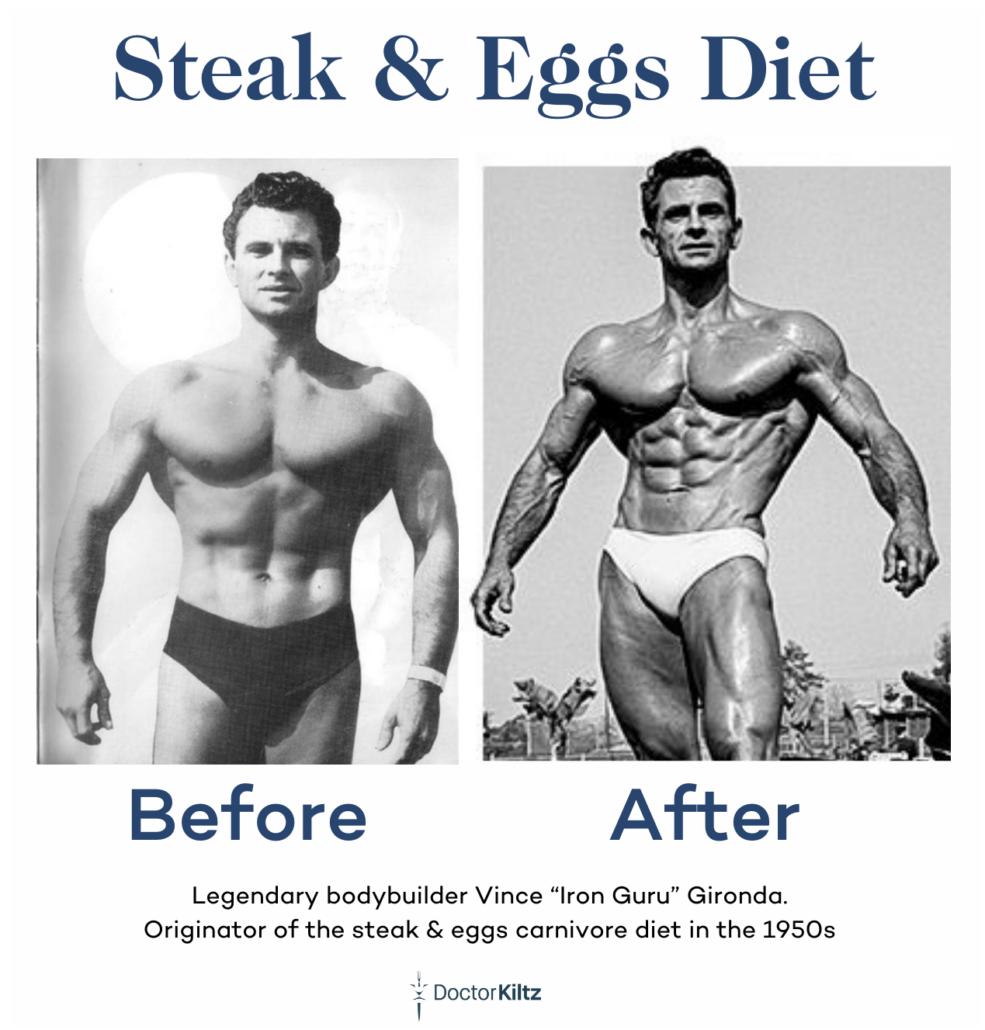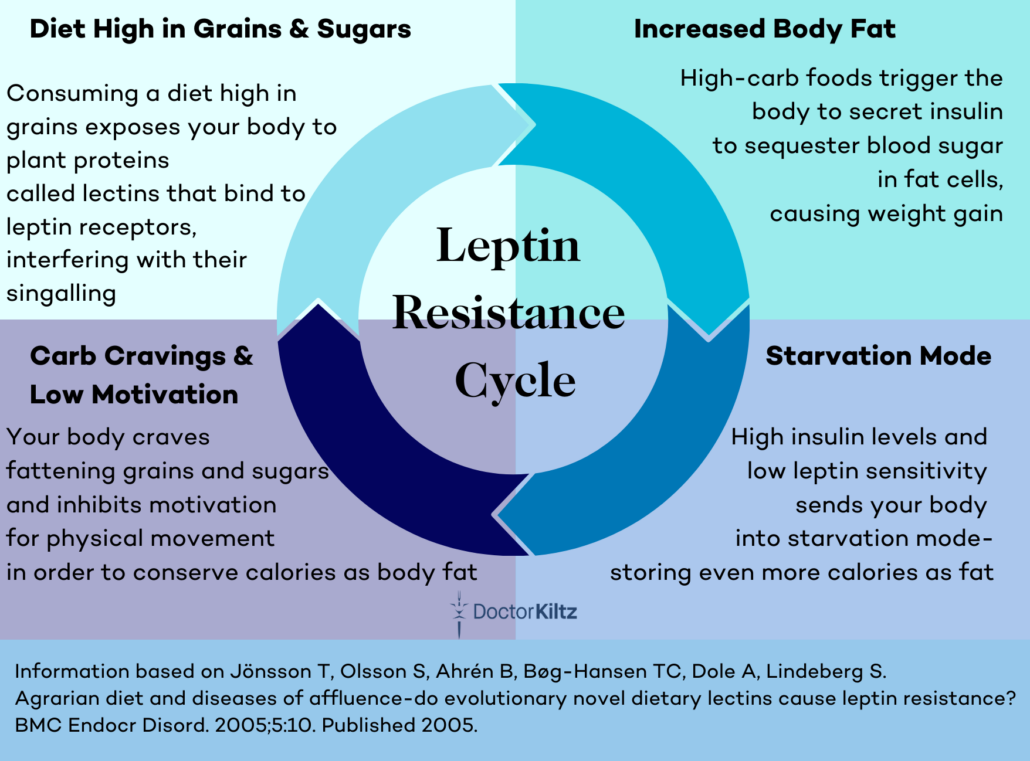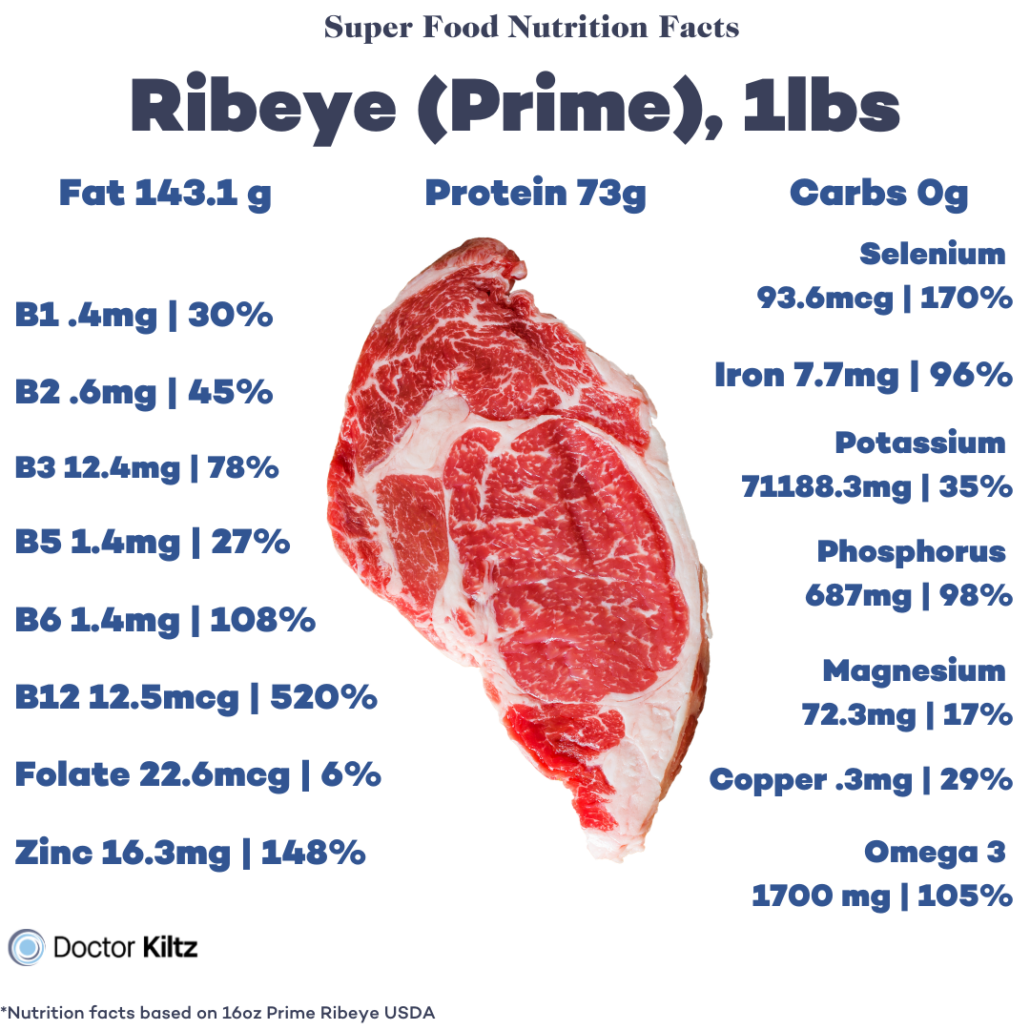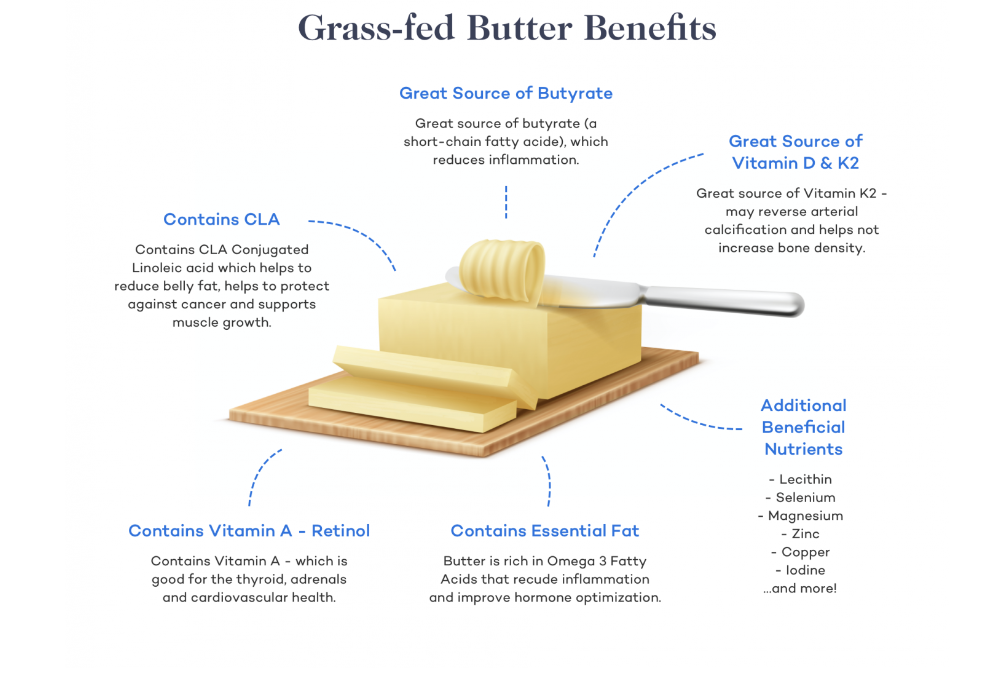We include products in articles we think are useful for our readers. If you buy products or services through links on our website, we may earn a small commission.
What is the Apex Predator Diet?

Diet is perhaps more essential to powerlifters and bodybuilders than it is to any other class of athlete. Bulking up to extreme examples of muscle mass, while finely sculpting these muscles into rippling definition requires a chemist’s sensitivity to how nutrients affect energy, stamina, and body. Enter Jamie “Chaos” Lewis, former all-time, all federation world powerlifting champion turned fitness blogger. Lewis developed the Apex predator diet over years of scrupulous personal experimentation with different low-carb, high-fat, and fasting protocols.

Source: Carvedouttastone.com
The apex predator diet can be viewed as part of a lineage of carnivorous bodybuilding eating plans stretching back to the 1950s when bodybuilding guru Vince Gironda originated the “steak and eggs diet.”

Lewis’s diet adds a few twists and specific details, but like Gironda’s approach, it is essentially a meat-centered cyclical ketogenic diet.
In this article, we’ll explore the apex predator diet to help you determine if it’s a good fit for your diet and lifestyle goals.
Table of Contents
The Apex Predator Diet at a Glance
The apex predator diet is a type of cyclical ketogenic diet. This means it requires cutting most carbs, getting most of your calories from fat, and the remainder from protein. However, Lewis adds in low-carb, high-protein shakes to support muscle mass.
Here’s a rundown:
- Cut carbs to less than 30 grams per day for 5-6 days each week
- Consume one to two meals a day of exclusively fresh, fatty, bone-in red meat such as ribeye steak
- Consume 5-6 low-carb (>10g), high-protein (50g) shakes per day.
- Allow 1-2 “rampage” days where you can replenish glycogen stores by eating high-carb foods of your choice.
- Optionally, you can do 1 full day of only protein shakes
- Optionally, once a week, you can substitute a protein shake for 6-10 chicken wings
Different Approaches for Different Body Types
Applying these guidelines can be adjusted to support more muscle definition depending on your level of body fat.
If you have over 18% body fat, Lewis recommends an introductory approach that suspends “rampage days” until your body becomes accustomed to burning fat.
Lewis explains that how our bodies respond to food in terms of hunger, satiety, and fat burning has to do with rebalancing and resensitizing specific hormones: leptin, ghrelin, and insulin.
Leptin sends signals that you are full (satiated). However, overweight people are susceptible to leptin resistance, where their brains do not respond to the leptin’s satiation signals. Ghrelin, the hormone driving hunger, doesn’t turn off. The result is feeling constantly hungry and physically demotivated, even though you have more than enough calories.

To break out of this cycle, it may be important to avoid carbs for an extended period of time, allowing your hunger/satiation hormones to rebalance and re-sensitize.
Here’s the apex predator diet launch scenario for people with 18% or more body fat:
- 10-14 day days on strict keto
- Consume only protein shakes for at least one day a week. (This is essentially a one-day Protein Sparing Modified Fast).
- Practice OMAD (One Meal a Day) intermittent fasting for 5 days a week. For one of these days, choose low-calorie (lean) meat.
- Allow moderate carbs for 3 hours, one day a week. This is not a binge. For example, tallow fried french fries or homemade low-sugar keto ice cream.
The Reasoning Behind Apex Predator Diet
Lewis explains that he developed this way of eating after trying protein-sparing modified fasts, only to find himself feeling awful and lacking the energy he needed to sustain his intense powerlifting workouts.
This led Lewis to combine the protein-sparing approach with a variety of whole foods. He eventually landed on bone in cuts like beef ribs, which he found to be extremely restorative and nourishing.
Lewis makes clear that this diet is intended for people who practice intense weight training four or more days per week. And he finds this the best approach for athletes like himself for the following reasons:
- When people go keto and consume extremely satiating high-fat, nutrient-dense whole foods, they automatically consume fewer calories than usual (1400-2100 per day). This is not enough to support the energy required for hard training weight lifters. Nor does it provide enough protein to support muscle building.
- Protein shakes make up the protein deficit in both calories and protein. The apex predator diet provides over 3000 calories per day. Only 50-60% of this comes from fat. With around 40%-50% from protein.
- Consuming only 1-2 meals a day means that your calories are cycled, not just your carbs. Intermittent fasting helps maintain periods of intense fat-burning
- Regularly consuming protein shakes keeps you in an anabolic state (muscle building) and protects against catabolism (breaking down muscle) even when you operating at a caloric deficit (due to hard training and intermittent fasting).
- Refueling at the end of the day with fatty meats provides saturated fat and cholesterol your body needs to synthesize testosterone.
- You are not hungry, and therefore your body is not in an energy-conserving (de-motivating) mode. In other words, you have plenty of energy for hard training.
- Cheat meals allow you to replenish glycogen stores that hard training athletes need to perform while enjoying carbs once in a while, thereby reducing feelings of deprivation and making it easier to plan and participate in social gatherings.
Apex Predator Diet Tips
The apex predator diet gets its name from the food choices at its center– the foods that apex predators (including prehistoric humans) prize in nature.
Focus on Fatty Red Meat

This means one thing: fatty meats from large ruminant animals. For us modern humans, these are beef and bison, with some lamb and elk options. Aim for 1500-2000 calories per meal from meat alone. Fatty cuts will help you achieve these caloric goals.
Add butter, ghee, or tallow to boost calories in leaner meats like fish and poultry.

Choose Bone-In Cuts
Lewis makes a big deal out of choosing bone-in meat, clutching that “built-in” handle as you use your incisors to achieve the primal flesh-tearing glee that they were intended for. Aside from the visceral appeal, bone-in meat does often stay more moist and have better flavor, so it’s worth heeding his call.
Boost Nutrients With Organ Meats
Lewis also recommends various supplements, along with the ultimate natural supplements–nutrient-dense organ meats.
Rampage with Care
For the “rampage day,” be moderate, consume whole foods, not junk–avoid seed oils and highly processed foods. Homemade ice cream, tallow-fried french fries, and low-toxin fruits are wholesome carb-heavy foods, along with other homemade or non-processed treats and lean meats.
When consuming protein shakes, choose low-carb options, mix with water (not milk, which is high in sugar), and avoid high-carb shakes like Muscle Milk, Syntha 6, and any shakes/mixes that advertise themselves as “weight gainers.”
Is the Apex Predator Diet Right for You?
The apex predator diet is specifically intended for competitive and extremely hard-training athletes, specifically powerlifters and bodybuilders. We’re talking hours a day for at least four days a week.
Most people need nowhere near as much protein as the 400-plus grams per day that Lewis recommends.
Most athletes can be served well by a standard cyclical carnivore or ketogenic approach.
Most normal people with low to normal activity levels will benefit from a standard carnivore or other low-carb, high-fat animal-based diets.
The Apex Predator Diet: The Bottom Line
The Apex predator diet earns its name from the abundance of fatty meat at its center.
For millennia, humans and other apex predators have prized fatty meat from large animals for its unsurpassed nutrient density.
This particular take on the Apex Predator Diet was developed and popularized by competitive powerlifter Jamie “Chaos” Lewis.
Lewis’s apex predator diet combines principles of meat-based carnivore eating with carb-cycling and protein-sparing modified fasts.
The idea behind this way of eating is to dramatically increase fat burning while simultaneously boosting energy and bulking muscle. However, due to the tremendous protein and caloric intake that this diet entails, it is likely only suitable for extremely hard training athletes.





















